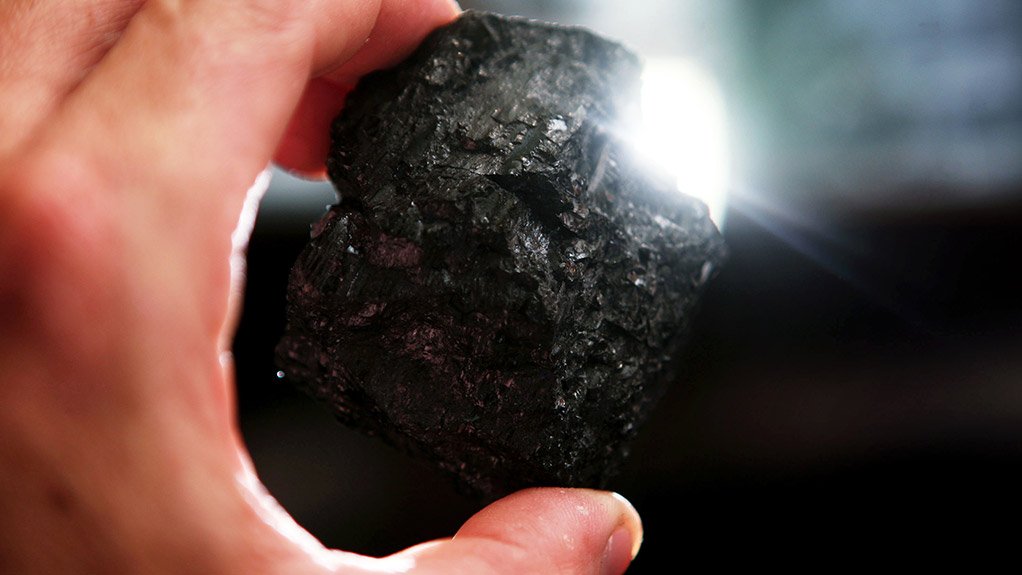Indian Supreme Court ruling introduces uncertainties, risk across industries
KOLKATA (miningweekly.com) – The Indian Supreme Court ruling designating 153 coal block allocations as "arbitrary" and "illegal", promises to have a cataclysmic impact across the mining, cement, steel and power industries and has once again brought to the fore fault lines in the practise of discretionary allocation of natural resources.
The latest court ruling in the coal sector was a near re-run of the findings on discretionary allocation of spectrum in the telecom sector. In 2012, the Supreme Court cancelled 122 telecom licences for similar arbitrary and illegal allocation of 2G spectrum to private telecom operators without auction in what was termed as a loss to national exchequer.
However, in its first ruling in this case, the apex court refrained from cancelling the coal block allocation, observing that “what could be the consequences is the issue which remains to be tackled”.
But the spectre of de-allocation still looms large with the court commenting on unfair distribution of national wealth. “There was no fair and transparent procedure, all resulting in unfair distribution of national wealth. Common good and public interest have thus suffered heavily. Hence, the allocation of coal blocks is illegal,” the court opined.
Having categorically termed the allocations as illegal, some of the biggest companies operating in mining, steel, cement and power industries were now facing the risk of losing coal assets with bank and financial institutions worrying over huge loans provided to these sectors on assumption of coal supplies to their projects.
Majors like Hindalco Industries, Tata Power, Bhushan Steel, Essar Power, Reliance Power, Lanco, GVK and ArcelorMittal, operating across pig iron, power, coal-to-liquid (CTL), cement and steel, face the risk of their coal blocks being taken back and consequently placing the projects linked to these coal assets under uncertainty and risk.
Jindal Steel and Power was another private sector major at risk. Its Utkal coal block, with a reserve of about 148-million tonnes, was linked to its steel project in the eastern Indian province of Odisha. Similarly, its coal block at Talcher, also in the same region, with reserves of 150-million tonnes, had been allocated to the company for a CTL project.
In a 2012 report, national auditor Comptroller and Auditor General said that the allocation of coal blocks to large and small companies without auction had resulted in a $31-billion loss to the national exchequer.
In a corollary to the main ruling, the Supreme Court disallowed commercial mining and use of surplus coal for all purposes other than captive use by ultra-mega power plants (UMPPs). This would impact other legal challenges pending involving Tata Power, Reliance Power and the government.
In 2008, the then government had allowed Reliance Power to use surplus coal from its 4 000 MW Sasan UMPP for the company’s 3 980 MW Chitrangi UMPP, which was challenged by Tata Power, claiming diversion of coal was not in the public interest. The case was currently pending before the Supreme Court.
In yet another segment of the ruling, the Supreme Court said that mining entities controlled by provincial level governments would not undertake commercial mining nor enter into joint ventures for mining, effectively clamping down on several joint ventures of provincial government and mine, developer operators (MDOs).
The government had allocated coal blocks to 29 provinces or companies controlled by them and several of them had appointed MDOs to undertake mining linked to the supply of dry fuel to steel and power projects in the region.
The Supreme Court verdict had also cast a cloud over already stressed bank credit to the steel and power sector as project risk becoming unviable if coal assets were to be taken away. According to the Reserve Bank of India gross bank credit to power and steel industries as on June 2014 stood at $84-billion and $44-billion respectively.
The level of stress on bank credit to these sectors was evident from the fact that 52 loan accounts of companies in the steel sector and 16 loan accounts in the power sector had to be restructured by banks as of June 2014 in order to prevent these loan portfolios from becoming nonperforming assets on the books of the lenders.
Comments
Press Office
Announcements
What's On
Subscribe to improve your user experience...
Option 1 (equivalent of R125 a month):
Receive a weekly copy of Creamer Media's Engineering News & Mining Weekly magazine
(print copy for those in South Africa and e-magazine for those outside of South Africa)
Receive daily email newsletters
Access to full search results
Access archive of magazine back copies
Access to Projects in Progress
Access to ONE Research Report of your choice in PDF format
Option 2 (equivalent of R375 a month):
All benefits from Option 1
PLUS
Access to Creamer Media's Research Channel Africa for ALL Research Reports, in PDF format, on various industrial and mining sectors
including Electricity; Water; Energy Transition; Hydrogen; Roads, Rail and Ports; Coal; Gold; Platinum; Battery Metals; etc.
Already a subscriber?
Forgotten your password?
Receive weekly copy of Creamer Media's Engineering News & Mining Weekly magazine (print copy for those in South Africa and e-magazine for those outside of South Africa)
➕
Recieve daily email newsletters
➕
Access to full search results
➕
Access archive of magazine back copies
➕
Access to Projects in Progress
➕
Access to ONE Research Report of your choice in PDF format
RESEARCH CHANNEL AFRICA
R4500 (equivalent of R375 a month)
SUBSCRIBEAll benefits from Option 1
➕
Access to Creamer Media's Research Channel Africa for ALL Research Reports on various industrial and mining sectors, in PDF format, including on:
Electricity
➕
Water
➕
Energy Transition
➕
Hydrogen
➕
Roads, Rail and Ports
➕
Coal
➕
Gold
➕
Platinum
➕
Battery Metals
➕
etc.
Receive all benefits from Option 1 or Option 2 delivered to numerous people at your company
➕
Multiple User names and Passwords for simultaneous log-ins
➕
Intranet integration access to all in your organisation




















